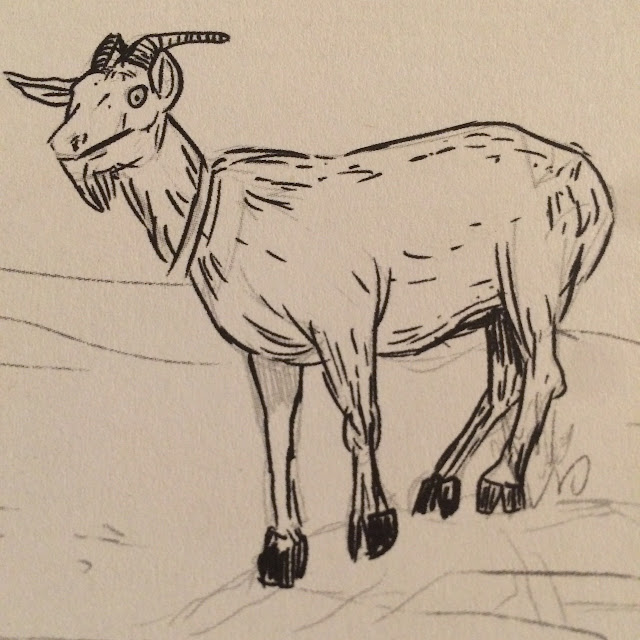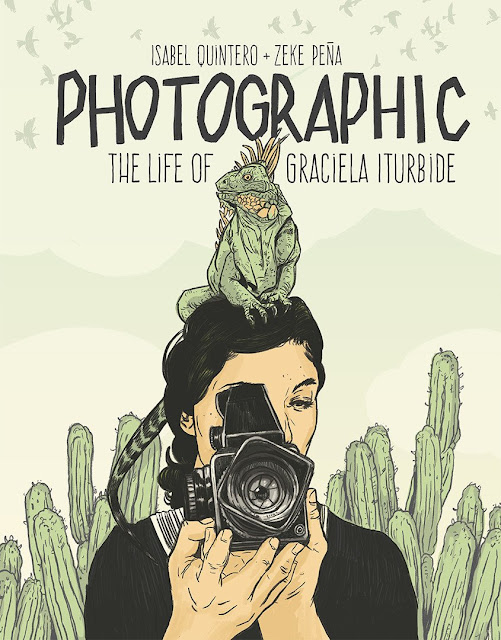Yesterday, somewhere in Arcadia, beneath the dappled shade of trees that I don't know the names of and large colorful dangling flores de papel, I ate hotdogs and tacos and drank lots of alcohol. It was Saturday, after all, and Lillian, who was sitting to my right, took it upon herself to become the bartender at our table. She's good. Armed with only Styrofoam cups filled with ice cubes, agua de piña, and Vodka, she whipped up (rasquache style) “fancy” mixed drinks on the spot, passing them along to anyone at the table who gestured for more – mostly me.
We were at a baby shower. Eva, the mother to be, looked very pregnant and beautiful in her light blue dress as she mingled with guests. I kept thinking that if I were that pregnant, I'd be in bed all greñuda, using my belly to coerce people to bring me things. Rumor had it that Eva stayed up till 3:00 AM the day before making some of the lovely decorations for the party herself. Hijole, where do pregnant women get all the energy?
There were kids running around, an all-you-can-eat candy table, cute newborn onesies hanging from a string, and some baby shower games that I completely blocked out due to both the Vodka and the conversation at our table that moved fluidly from issues of immigration, vile politicians we all despise, battles between Denisse and Sandra over what constitutes “authentic” chilaquiles, discussions about egg yolks and how very few places get "over medium" right, Rancho Cucamonga, Chino Hills and Chino (they're supposedly adjacent, but two different places).
As soon as Chino was mentioned, La Judy, who was sitting to my left, said she had a story about Chino and a chivo. This really perked my interest because although I didn't mention it to anyone at the table, I have had goats on my mind a lot lately. I blame my current fixation on goats on Graciela Iturbide, whose work is currently being displayed at the ROSEGALLERY in Santa Monica in an exhibit titled: PhotoGRAPHIC: The Life of Graciela Iturbide. You can see the exhibit from now until October 21st.
I visited the gallery last week both because I am a huge fan of Iturbide's photographs and also because the Getty Museum recently published a beautiful graphic biography on Graciela Iturbide (with the same title as the featured exhibit). I wanted to get my copy of Photographic and have the author and artist sign it.
In a mixture of prose, poetry, photography, and very cool graphic dibujos, award-winning author Isabel Quintero and illustrator Zeke Peña guide us in and out of iconic Iturbide photographs and defining moments in Iturbide's life. As readers, we are able to see how loss, passion, and search for self intertwine with art and Iturbide's lens. Lilliam Rivera, author of The Education of Margot Sanchez, writes about this new book, “It is a rare feat when a writer and illustrator are able to capture the creative magnitude of an iconic photographer...Photographic: The Life of Graciela Iturbide will guide readers through a compelling visionary journey.” This is a wonderful book for both YA and adult readers alike. You can learn more about and purchase the book at: https://shop.getty.edu/products/photographic-the-life-of-graciela-iturbide-978-1947440005.
Here's just one example of how the talents of Quintero, Peña, and Iturbide come together on the page. This is a blurry shot (disculpas), but you get the picture.
This picture captures a woman in La Mixteca region in Oaxaca, Mexico during an annual goat-killing ritual, La Matanza. I'm awed by the raw strength of this woman's barefooted, knife-clenched-between-the-teeth fierceness. I'm also a little frightened by it. There's blood on her skirt and I can only imagine the stench of fresh slaughter. I wouldn't want to cross this woman the wrong way. I wouldn't want to be that poor goat. At the same time it makes me thinks of things I'd like to slaughter with this type of brutal force. I do not consider myself a violent person, but the picture evoked (awakened?) in me a silent violence. As I took pictures of this picture with my Iphone, I kept thinking that this is what I'd like to do to White Supremacy and xenophobic bullshit in our country: slaughter the goat of hate with this level of intention. But these are thoughts warped by my filtered lens. I've never killed a goat or a chicken or any animal that I have ever eaten for that matter. At the core of what I may see or interpret as "brutal force" is just food and survival and ancient ritual. This is simply a woman in an indigenous town in Mexico killing a goat. I love me a good birria too, so why am I tripping? Which brings me full circle to Judy's goat story at yesterday's baby shower, which I loved so much that I asked for her permission to record it for this blog. "Yes, of course, mija! Do whatever you want with it." Below is a transcription of Judy's chivo story, including comments that people at our table interjected while she told it (because you know Latinos like to be interjecting). Enjoy, ponder goat (please share any goat insights with me), check out Isabel Quintero and Zeke Peña's new awesome graphic biography, and if you get a chance, visit the ROSEGALLERY to see some of Itrubide's fantastic photos up close.
 |
| Lovely Goat by Zeke Peña |
Judy Perez' Goat Story
In the 1980's my parents, as all good Mexicans in LA did back then, went to Chino to buy goat for birria because if you wanted fresh goat meat you weren't about to go to the local carneceria. Whenever we had a bautismo or a party, our family would go to Chino to get our chivo. It was going to be my First Communion and my parents worked all the time, so we couldn't buy the chivo on the actual day of the ceremony, so they got it the week before, brought it home, and we had it there in our yard.
“Not all Mexicans could afford to go to Chino and get fresh goat, you know.”
Yes, true. I was very fortunate that my parents had a car to drive to Chino and that they could afford to buy a fresh goat. I know not everyone could do this. The chivo cost about $150.00 bucks back then. That was a lot of money. This was in 1985. My sister and I got really attached to the chivo in that one week. We treated it as if it was our pet and we kinda knew it was going to die, but we didn't really think about that. The day before my communion, we heard the neighbor yelling outside, “Señora, su chivo! Su chivo!” We ran outside and we saw that the goat, who had been tied to a rope by the neck had hopped the fence and was now hanging on the other side, choking itself. My dad was like, shit, we gotta make birria tomorrow and perserve this goat!
“When you have stressed goat, the meat doesn't taste the same.”
Exactly! My father ran over there and picked up the goat so it wouldn't suffocate or choke to death. He picked it up and was carrying it in his arms, but the goat was still tied to the rope and basically stuck. He called out to my mom, “Pancha! Cuándo yo te diga que le sueltes la rienda, la sueltas!” My mom was like, “Okay!” and she ran over there and there was some kind of miscommunication because my dad wanted my mom to untie the rope and hand it to him.
“Why didn't he take scissors?”
He didn't take scissors. It was an emergency. The only thing he could do was throw the goat back over the fence and into our yard again or my mom could untie the rope and throw it over to my dad so my dad could then walk it back over like on a leash. But it happened very fast and instead of waiting for my dad to tell her when, my mom unleashed the goat prematurely and threw the rienda over to my father, who wasn't ready for it. So the fucking goat takes off and he runs for his dear life down Raver Street, makes a left on Avenue 56, keeps running down to Figueroa and makes a right on Figueroa.
“If there were White people around they'd be saying, 'Oh my god!' That was before all the gentrification? Before White people in Highland Park?”
Oh yeah, yeah, in 1985, way before that. My dad played soccer at that time and he was very agile, so he chased down the goat until it tired and he finally caught it. He called my mom from a public phone collect, “Ven por mí. Estoy en la Figueroa y la Avenida 60.”
“Tengo el chivo!”
Yes, “Tengo el chivo! Ven por mi.” They brought it back in the car in the back of the station wagon, which they don't make anymore, huh? They don't make station wagons anymore.
“They make SUVs now, baby.”
Yeah, it was not an SUV. It was a station wagon. Una Chevy. A Chevy station wagon. So they brought back the goat and the next day I had my First Communion and we had birria de chivo and everyone ate, including myself. I was kinda sad about the whole thing, but you know...
“It was delicious?”
Yeah, it was delicious and that was my story of my First Communion chivo that ran away.




1 comment:
i grew up with chivas and marranos. we had a matanza for the marrano. "everything but the squeal" they say, but i have the squeal right here, inside my head at the threshold of the ear in the edge of memory. "urk urk! URR..."
Post a Comment